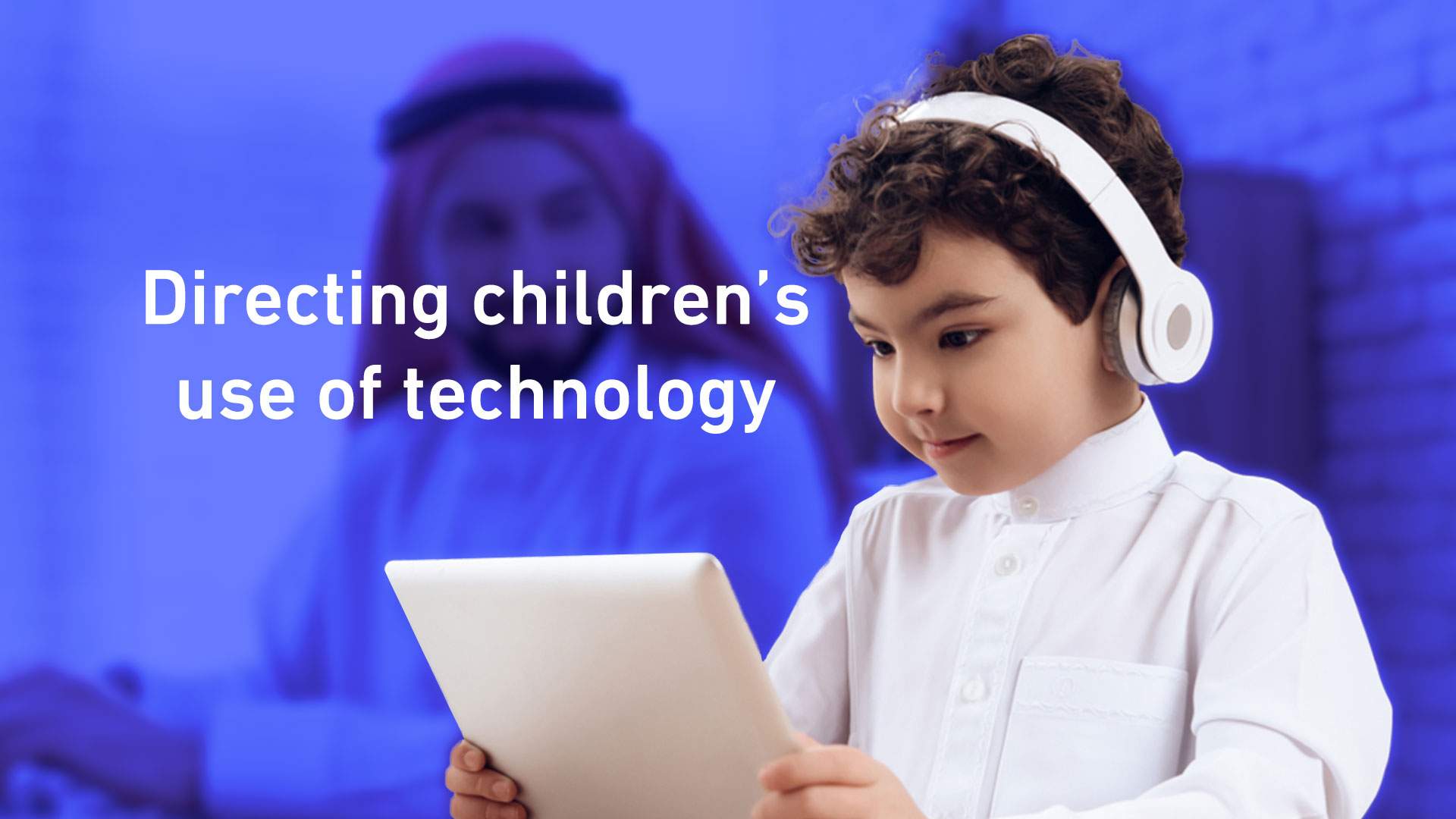
Children’s health and technology
Social media, screen games, and mobile devices act strongly on children’s physical and mental health, your child is then vulnerable to developing psychological and behavioral issues. Even though technology became a huge part of our daily lives but we must condition our minds thinking about how “too much of a good thing is bad” in everything. Technology, virtual reality games, and screens that suck your child into a different reality than the real one will cause attention disorder, behavior disorder, and even depression and anxiety.
Negative effects of technology on child development
“Heightened technology exposure might actually be changing the way children’s brains are wired.” Jim Taylor, Ph.D., Psychology Today
- Behavioral
- Physical
- Psychological
- Social
The way children play and interact now has changed widely than children born at least 15 years ago, hence, “old media” was monitored and hundreds and thousands of studies attest to the impact and influence of the media among adolescents. However, the “new media” is being used to enforce new “beliefs” and ideas about human development and human interaction. Having your child exposed to media violence, cyberbullying, sexual themes, and drugs.
“I have a confession to make, at times, we have been a little too hard on television.”
A confession of a pediatric media expert-2021
Frankly, he says:
- He has been aggressive on tv
- He has an excuse for being too hard on television
- They did not emphasize positive aspects
To grow up healthy, children need to sit less and play more (WHO- world health organization)
“Early childhood is a period of rapid development and a time when family lifestyle patterns can be adapted to boost health gains.” Currently, over 23% of adults and 80% of adolescents are not sufficiently physically active.
To increase your child’s activity level it is crucial to reduce sedentary time and promote quality sleep and physical and engaging activities which will help prevent childhood obesity and associated diseases later in life,” Failure to meet current physical activity recommendations is responsible for more than 5 million deaths globally each year across all age groups.
Screen monitoring recommendations by the world health organization
Infants (less than 1 year)
- Be physically active several times a day in a variety of ways, particularly through interactive floor-based play; more is better. For those not yet mobile, this includes at least 30 minutes in prone position (tummy time) spread throughout the day while awake.
- Not be restrained for more than 1 hour at a time (e.g. prams/strollers, high chairs, or strapped on a caregiver’s back). Screen time is not recommended. When sedentary, engaging in reading and storytelling with a caregiver is encouraged.
- Have 14–17h (0–3 months of age) or 12–16h (4–11 months of age) of good quality sleep, including naps.
Children 1-2 years of age should
- Spend at least 180 minutes in a variety of types of physical activities at any intensity, including moderate-to-vigorous-intensity physical activity, spread throughout the day; more is better.
- Not be restrained for more than 1 hour at a time (e.g., prams/strollers, high chairs, or strapped on a caregiver’s back) or sit for extended periods of time. For 1-year-olds, sedentary screen time (such as watching TV or videos, playing computer games) is not recommended. For those aged 2 years, sedentary screen time should be no more than 1 hour; less is better. When sedentary, engaging in reading and storytelling with a caregiver is encouraged.
- Have 11-14 hours of good quality sleep, including naps, with regular sleep and wake-up times.
Children 3-4 years of age should
- Spend at least 180 minutes in a variety of types of physical activities at any intensity, of which at least 60 minutes is moderate- to vigorous-intensity physical activity, spread throughout the day; more is better.
- Not be restrained for more than 1 hour at a time (e.g., prams/strollers) or sit for extended periods of time. Sedentary screen time should be no more than 1 hour; less is better. When sedentary, engaging in reading and storytelling with a caregiver is encouraged.
- Have 10–13h of good quality sleep, which may include a nap, with regular sleep and wake-up times.
Negative Effects of Technology on Children’s Social Development
As technology intends to allow communication and virtual interaction, however in children and in adults we often behave differently behind a screen than we do in person. In general, technology use can cause social and behavioral problems in children because it minimizes the number of time kids spend interacting with others.
Childhood Obesity and Technology
As children spend more time playing video games and tapping buttons, they may engage more in mindless eating, as a result, we’re seeing increased obesity rates in children and adolescents.
Attention spans
Electronics, make it tougher for people to concentrate and easier to be distracted, by constant sounds and notifications. According to a research study in Canada, since technology use increased (around the year 2000) the average attention span has decreased from 12 seconds to eight seconds.
It’s a challenge enough to teach kids how to be patient, but how can we combat the negative effects of this?
Instructions to manage children’s use for tech
- Limit technology use while children are focused on other tasks.
- Prohibit smartphone use while working on homework, or while doing chores, but, encourage conversation and interaction
- Turn the TV off while children are reading.
- Encourage your kids to take time to unplug and disconnect.
- Get outside, interact with others, and engage in activities that do not involve screens.
